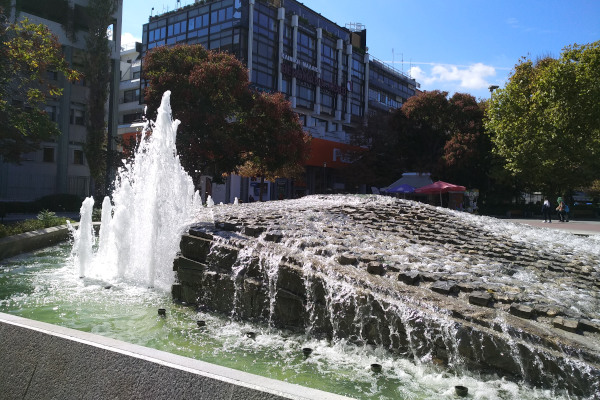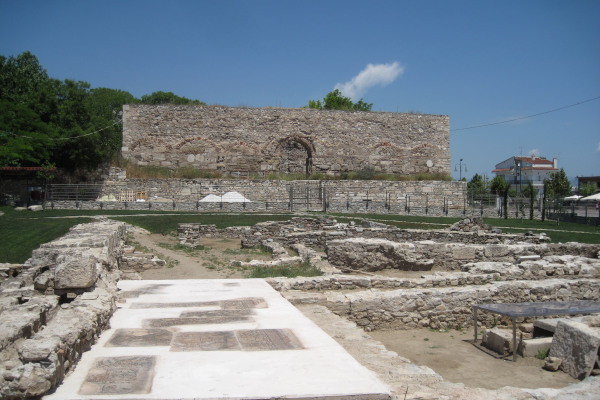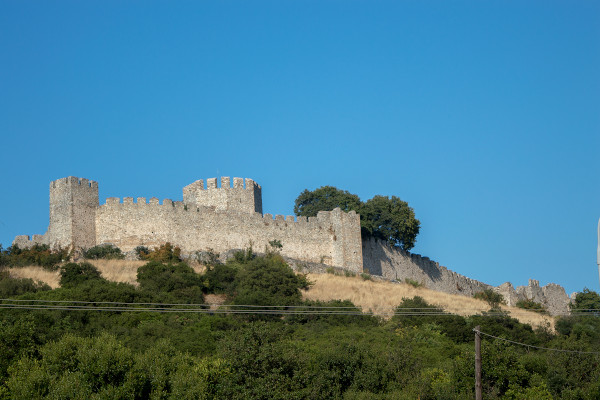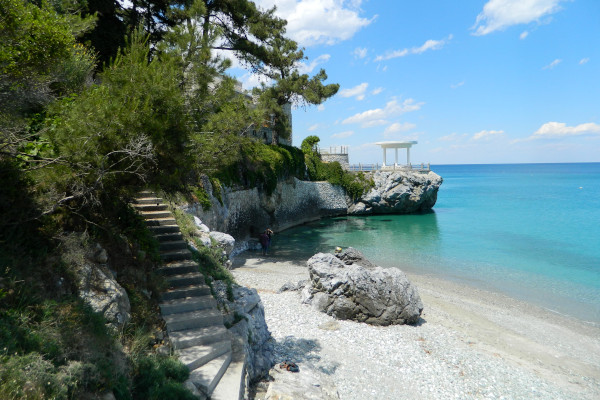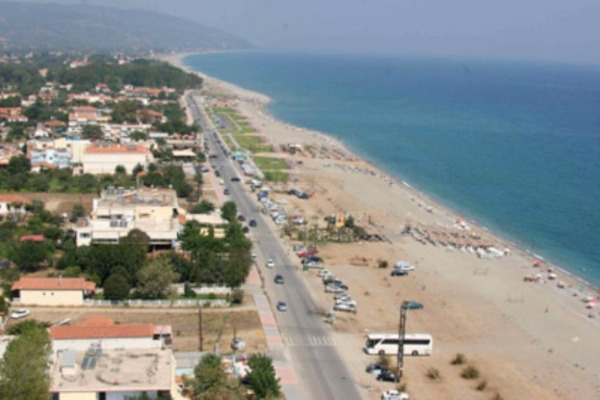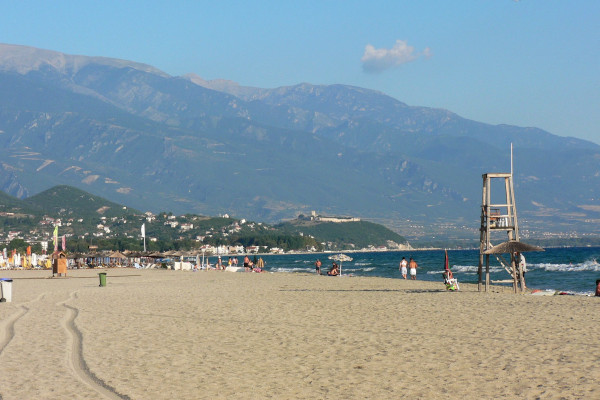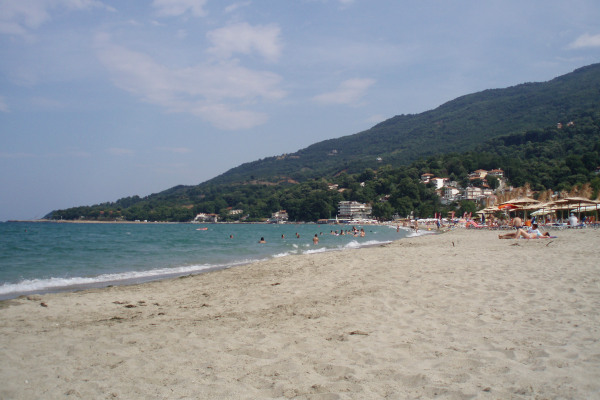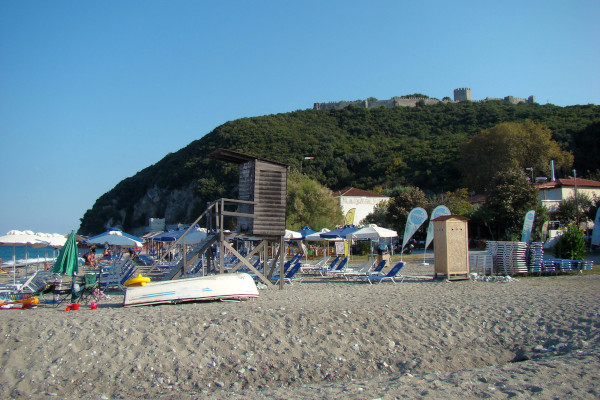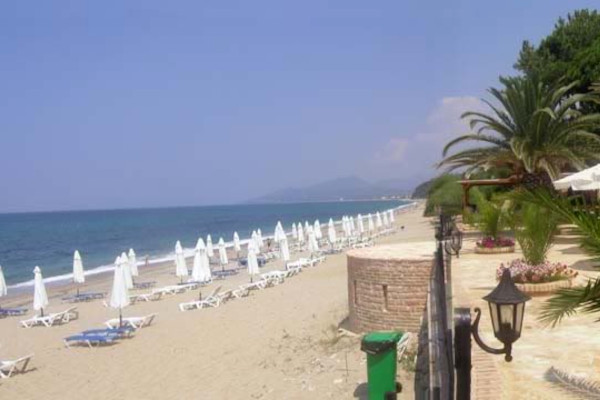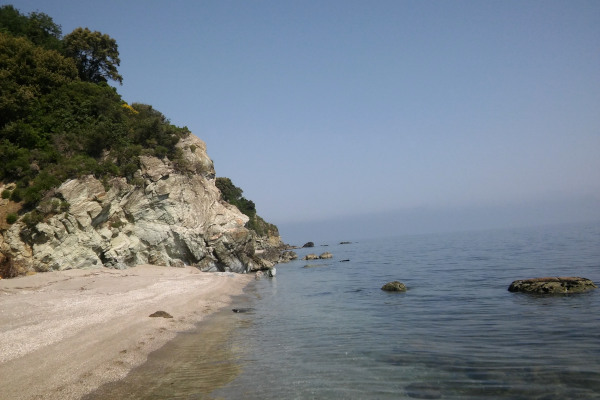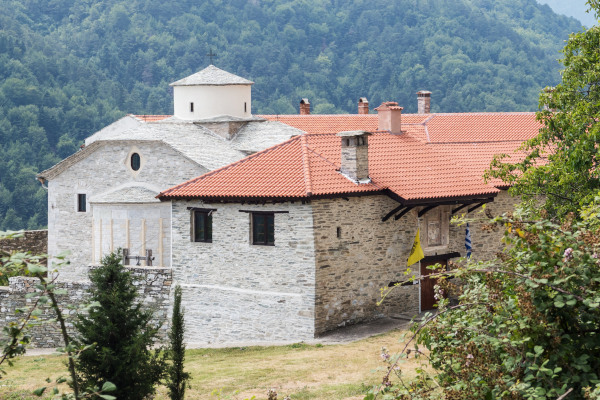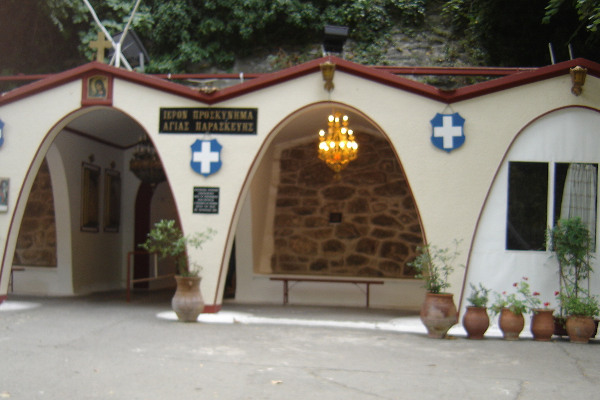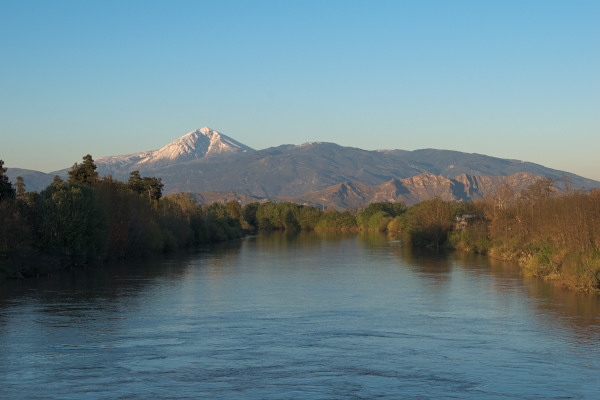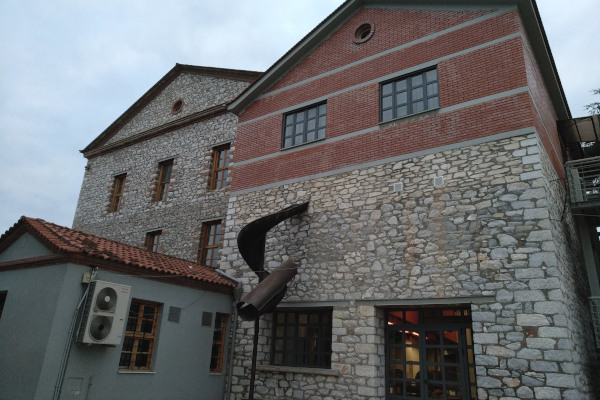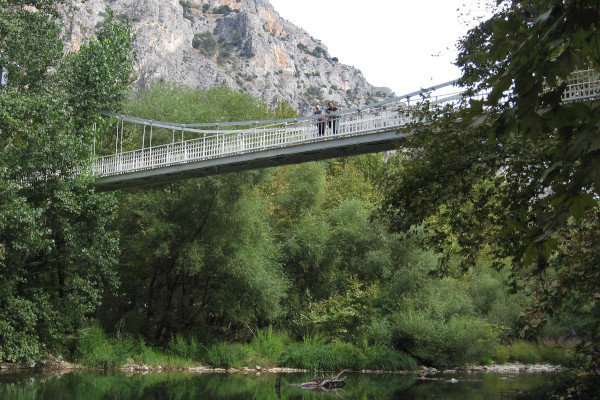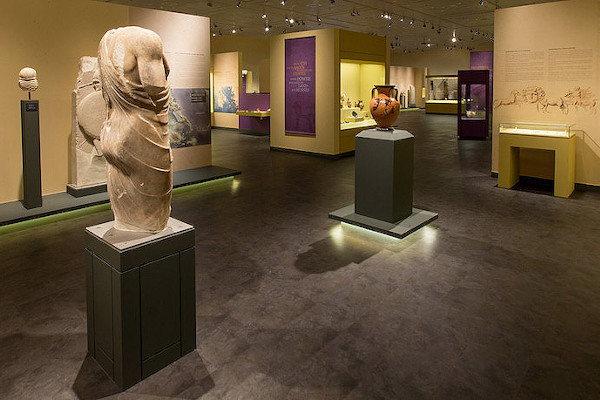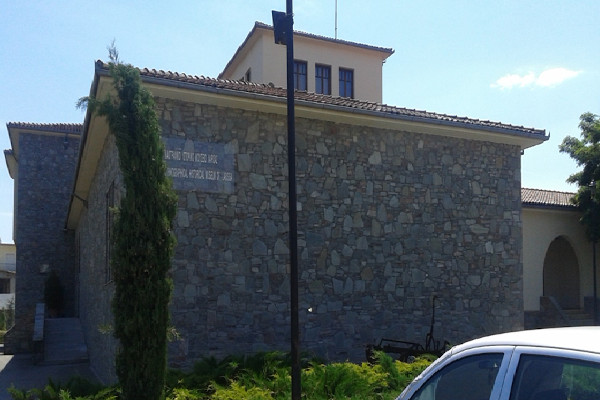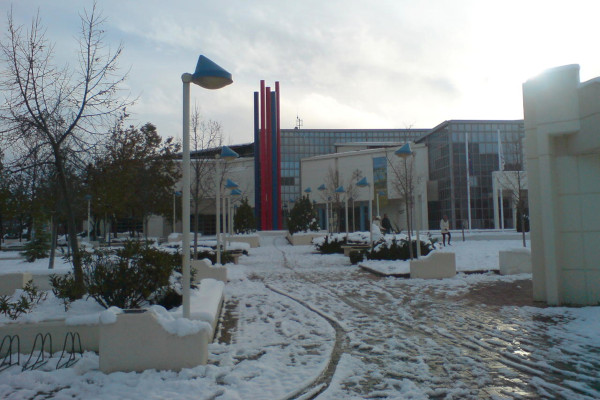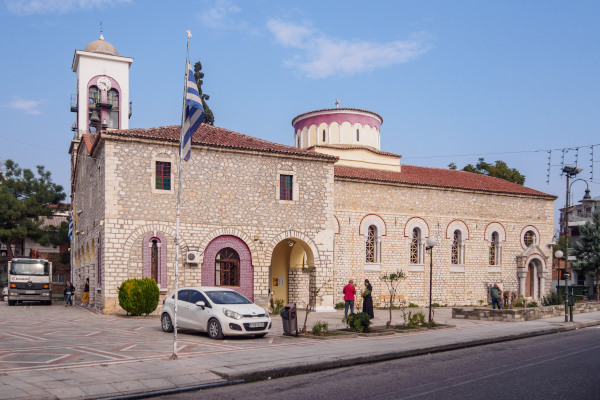Larissa Attractions
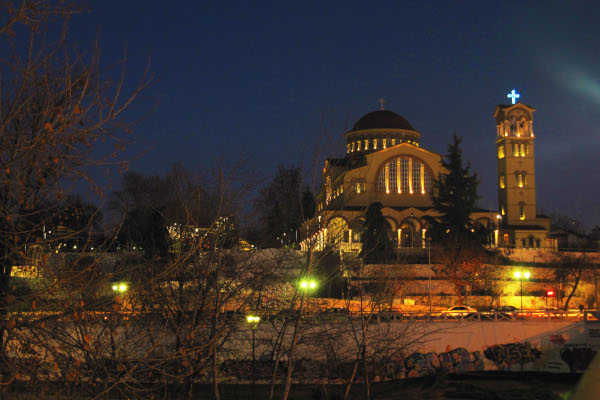
Metropolitan Church of Agios Achillios
The church is St Achillios tomb and it was built in 6th century. He is now the town's patron saint. Worth a visit - the vista is quite nice too.
Bezesteni of Larissa
In the Ottoman years, Bezesteni was a covered market and Larisa's central square. With the passing of time, it was turned into a treasury and then a fortress.
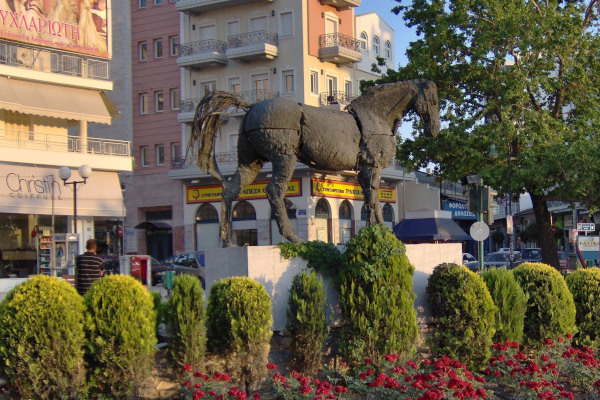
Monument of Bucephalus
Thessaly's plains were famous for their strong horses and Alexander picked up his here. The statue is a monument to their historical role.
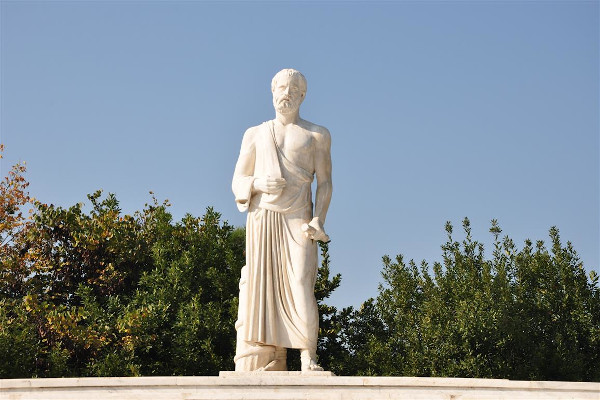
Hippocrates Monument
A modern cenotaph ('empty tomb') memorial to the Father of Medicine who spent his later life in Larissa. Look for the tablet with Hippocrates' oath.

A' Ancient Theatre of Larissa
The biggest in Thessaly with a capacity of 10.000 spectators, the Ancient Theatre of Larissa was founded in 3rd century BC and open for 600 years.
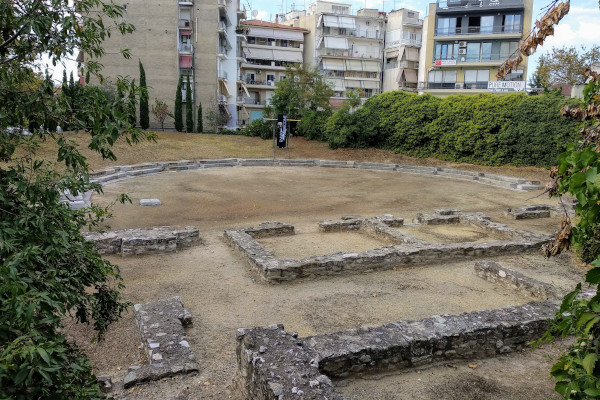
Β' Ancient Theatre of Larissa
The earlier ancient theater dates from the 1st century BC, the years of Roman emperor Octavian Augustus. A nice area with taverns and bars.
Platamon Castle
East OlymposMedieval fortress that dominates the landscape of Platamonas and has a great history. Definitely stop by for a picture as the place is not open to public.
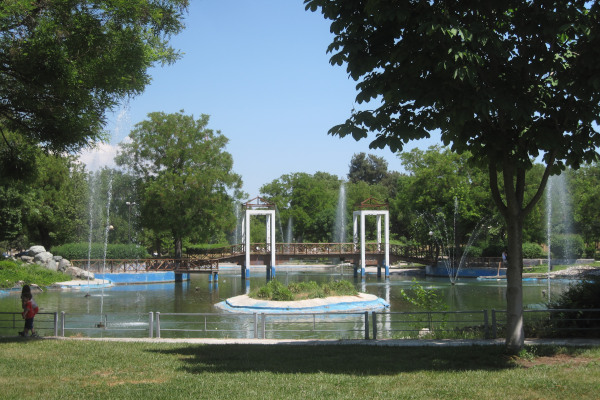
Alcazar Park
The contemporary urban park of Larissa serving both as a relaxation place as well as a training area for the city inhabitants.
